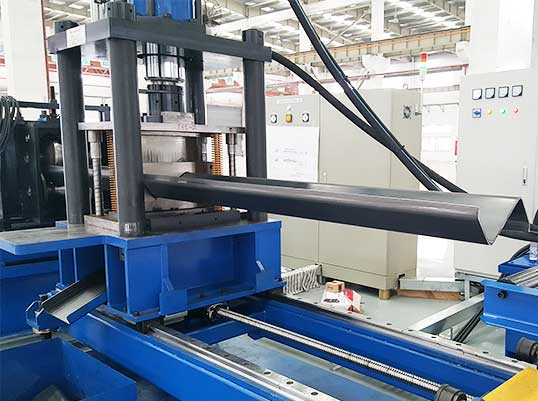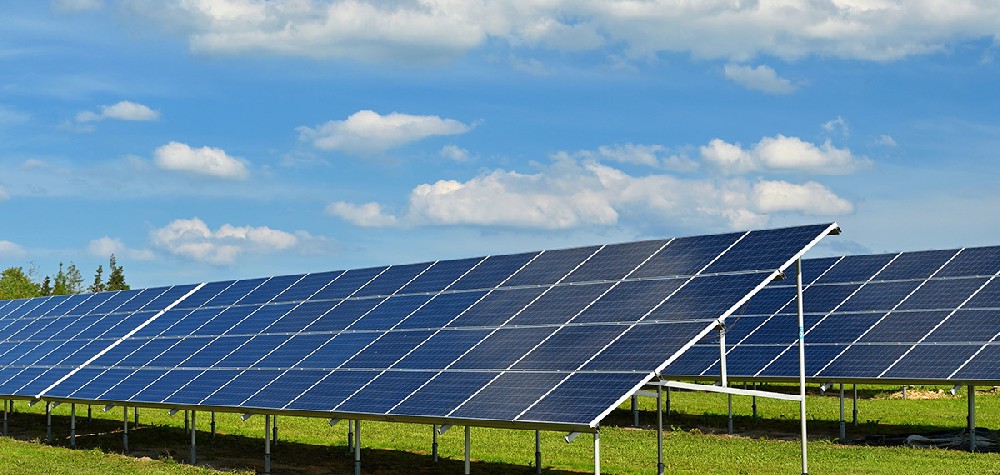Navigation Menu
Contact Us
- Email:
- info@wxavatar.com
- Address:
- Yurong Village, Yuqi Street, Huishan District, Wuxi, China.
Release Date:Jul 14, 2025 Visit:59 Source:Roll Forming Machine Factory
The solar energy industry relies on efficient and precise manufacturing processes to produce mounting structures for solar panels. Two primary methods are used: solar stand roll forming machines and traditional fabrication techniques. Each approach has distinct characteristics that affect production efficiency, cost, and quality.

1. Production Efficiency
Solar stand roll forming machines automate the process of shaping metal coils into solar mounting components. These machines operate continuously, reducing manual labor and increasing output speed. Traditional fabrication methods, such as cutting, welding, and manual bending, require more time and labor, leading to slower production rates.
2. Precision and Consistency
Roll forming ensures uniform dimensions and tight tolerances across all produced parts. The automated process minimizes human error, resulting in consistent product quality. In contrast, traditional fabrication relies heavily on skilled labor, which can lead to variations in dimensions and structural integrity.
3. Material Utilization
Roll forming machines optimize material usage by minimizing waste. The continuous feeding of metal coils reduces scrap compared to traditional methods, where cutting and welding often generate excess material. This efficiency can contribute to cost savings in large-scale production.
4. Flexibility in Design
Traditional fabrication allows for greater customization in small batches, as adjustments can be made manually. Roll forming machines, while highly efficient, require tooling changes for different designs, making them more suitable for standardized, high-volume production.
5. Cost Considerations
Initial investment in roll forming machinery is higher than traditional fabrication equipment. However, over time, the reduced labor costs and increased production speed can offset the upfront expense. Traditional methods may be more cost-effective for small-scale or custom projects.

Conclusion
Solar stand roll forming machines offer advantages in speed, precision, and material efficiency, making them ideal for large-scale solar mounting production. Traditional fabrication methods remain viable for custom or low-volume projects where flexibility is prioritized. The choice between the two depends on production requirements, budget, and project scale.